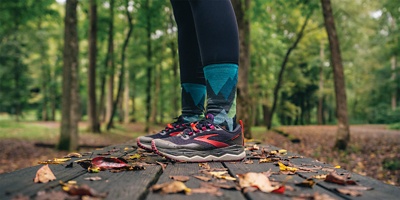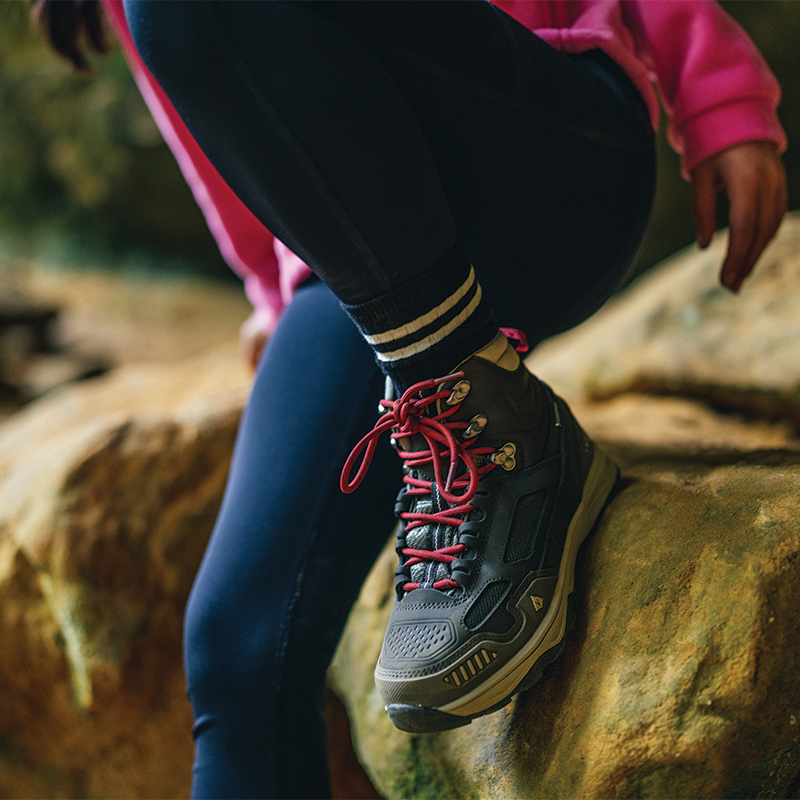Common mistake: spending a lot of time choosing outdoor shoes, and not enough time choosing socks to match. The right socks will keep your feet dry, comfortable in both hot and cold weather, cushioned, and (somewhat) fresh, while the wrong ones can make your feet a sweaty, blistery mess.
Technical socks for hiking, running, cycling, and winter activities are designed to wick sweat, dry quickly, provide insulation, breathe, and lend your feet support and padding—above and beyond your everyday socks. Not only should they prevent blisters, they should also keep your feet feeling ready to take on the next challenge. Here are the major qualities to think about.
In this article, you’ll learn:
- The pros and cons of different sock materials
- The differences between various sock weights
- How to choose the best sock height
- Which socks are best for which activities
- How to get the right fit
Materials
Most outdoor socks use a blend of materials to provide a good balance of moisture management, thermoregulation, and durability. The most common ones are:
Merino Wool
Soft and itch-free, merino wool is popular in socks because it’s very breathable, wicks moisture away from the skin, feels comfortable in both hot and cold weather, provides cushion, and has naturally antimicrobial properties that battle stink. It’s not as durable as synthetic fibers, though, and takes longer to dry, which is why it’s blended with other materials; you won’t find a technical pair of 100-percent wool socks.
Polyester & Nylon
These synthetic materials wick sweat well and dry quickly, and they last longer than wool (particularly nylon). Coolmax is a type of polyester you’ll see often in socks because it excels at wicking and drying.
Spandex/Lycra
Performance socks often include a small percentage of these stretchy fibers to add arch support and help the socks hold their shape.
Other Materials
Thin liner socks are sometimes made of silk, a light, wicking material. You might also see acrylic or polypropylene, both synthetics, added to sock blends, or natural rayon (derived from plants).
Weight and Cushion
Sock weights range from ultrathin no-shows to thick, cushy knee-highs. Generally, the thicker the sock, the warmer it will be; the thinner, the more breathable and wicking.
Lightweight
Thin and light, these socks are great for warmer weather. Running and cycling socks often fit into this category because they prioritize breathability. But some lightweight socks do feature extra cushion under the heel and ball of the foot to help absorb the shock of each step. Many hikers and backpackers prefer this weight, especially when paired with lightweight footwear in warm weather.
Midweight
A good all-around sock type, midweights have more cushion while still wicking sweat and keeping feet comfortable in a wide variety of conditions and all seasons. Many hiking socks fall into this category, and the extra padding makes them especially good for backpacking.
Heavyweight
The thickest, warmest, springiest socks of the lot, heavyweights are best for mountaineering and chilly camping nights. Some heavyweight socks are so thick that they change the fit of your shoe, so check before buying.






